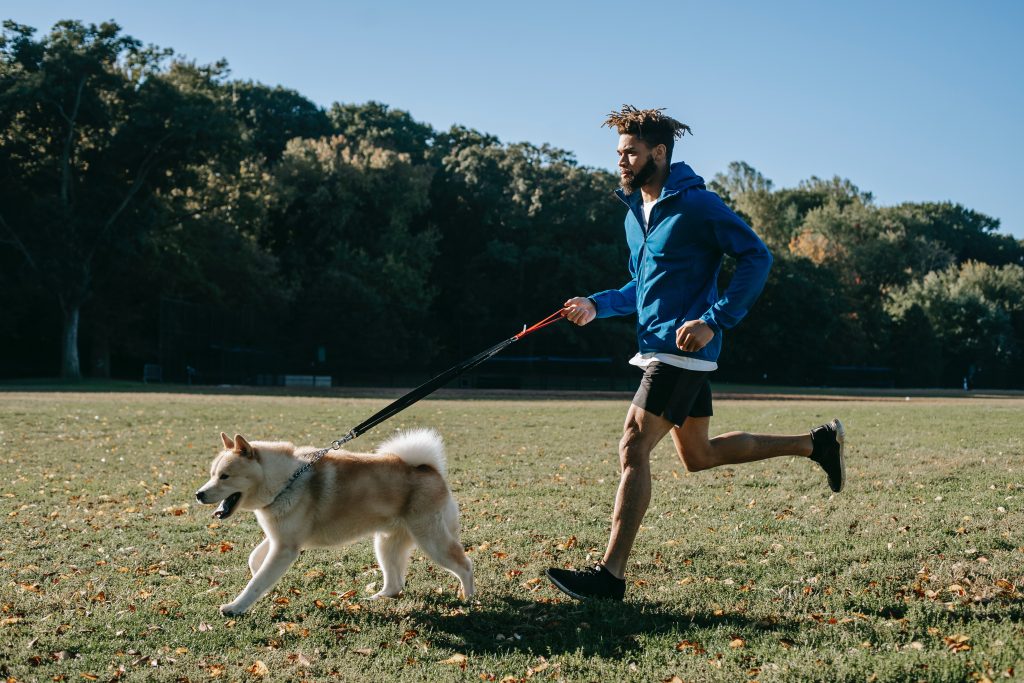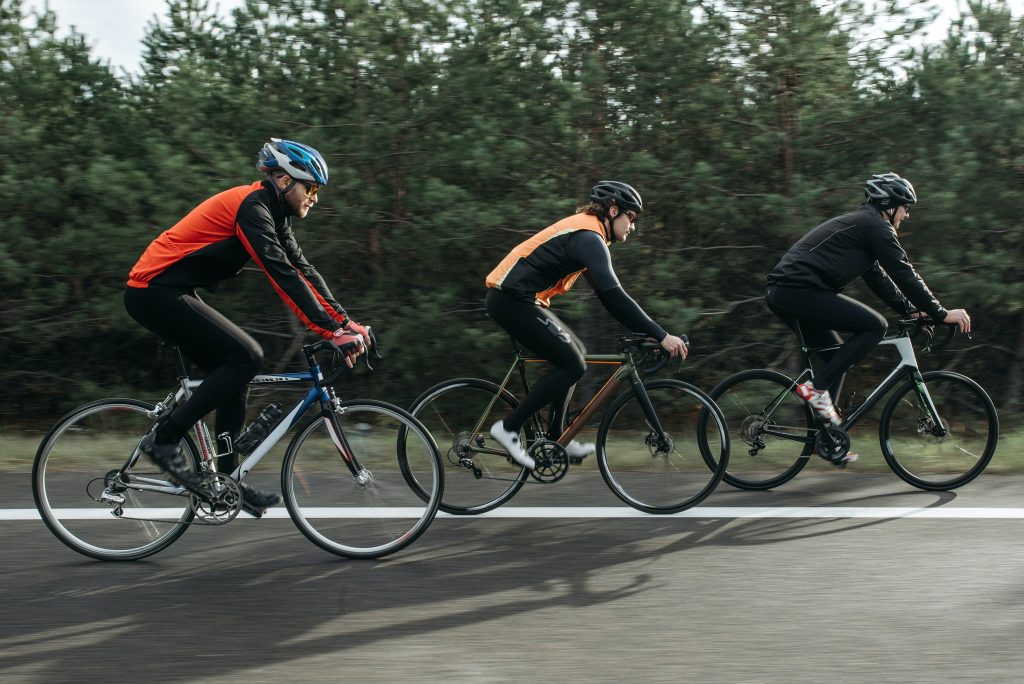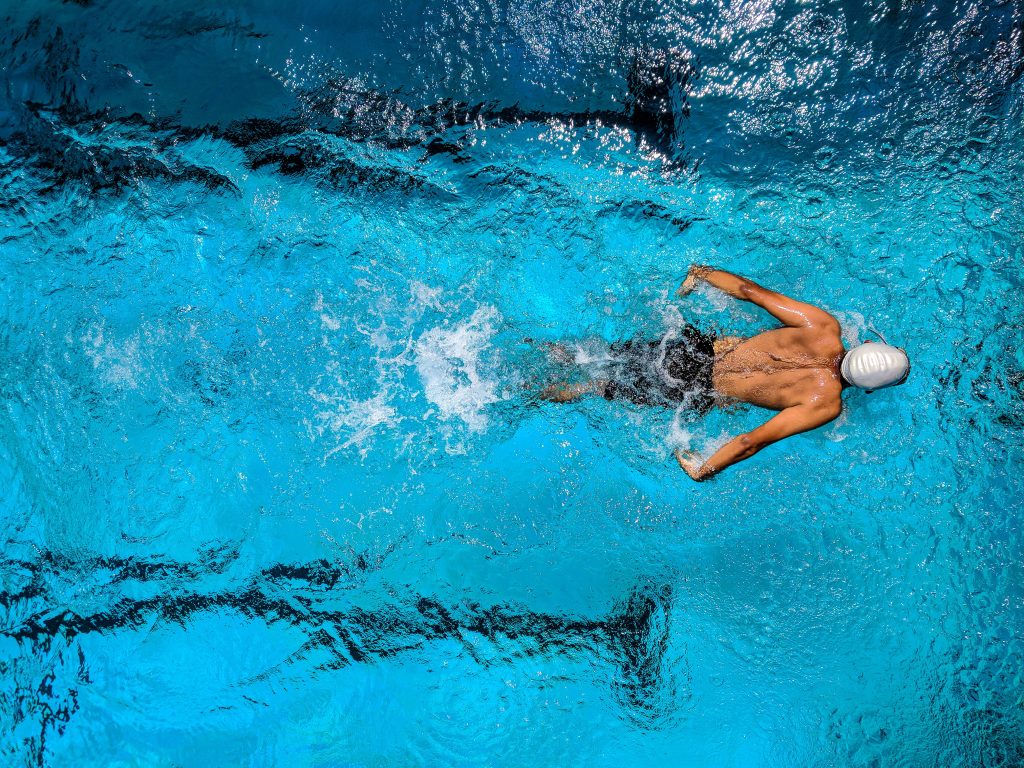Cardio exercise is one of the simplest yet most effective ways to improve your health and fitness. Not only will you see improvements in your blood pressure, you’ll also feel better mentally and physically. In this post, we’ll outline the best types of cardio exercises for you to try and explain why they’re so beneficial. Ready to start feeling your best? Let’s get started!
What Is Cardiovascular Exercise?

Cardiovascular exercise is also known as aerobic or endurance exercise. It is any physical activity that increases oxygen consumption in the body. It means oxygen plays a crucial role in generating the energy required to sustain the activity.
Cardio exercise makes the heart work better and moves more oxygen-rich blood with each beat. The lungs expand to absorb more oxygen, and the muscles learn to use that oxygen more effectively. As a result, you have more stamina and less fatigue.
For an exercise to be cardio, your heart rate and breathing rate must be moderate to vigorous for at least 10 minutes.
Components Of Cardio Exercises
Intensity, or the amount of effort required to perform an activity.
Frequency, or how often an individual engages in aerobic activity.
Duration, or how long an individual performs an activity in a single session.
Adults should aim for 75 to 150 minutes of vigorous-intensity aerobic activity per week or a combination of the two. It is best to do this on multiple days throughout the week.
Major Categories Of Cardio Exercise
High-Impact Cardio Exercise
High-impact cardio refers to any form of cardio where your feet leave the ground at the same time. Since you’re using your limbs to counteract gravity, this type of workout is known as a “weight-bearing” one. Some forms of advanced strength training include jumping rope, high-impact aerobic dance, etc.

Low-Impact Cardio Exercise

Any cardiovascular exercise in which at least one foot never leaves the ground. However, you should not confuse low-impact cardio with low-intensity cardio. Many low-impact activities are pretty strenuous as it is still weight-bearing exercise. You can maintain healthy bones, lungs, and heart with low-impact cardio.
No-Impact Cardio Exercise
No-impact cardio is something you’ve probably heard of. However, you might not be familiar with the term non-impact. Non-impact cardio is a type of exercise that relieves joint stress and comes with low to high-intensity cardio activity.
Cardio exercises that don’t stress the body include swimming and water aerobics. Immersion in water lessens the effects of gravity; that’s why it is a no-impact activity.

How Should You Start Your Cardio Exercise Journey?
- Know your physical capabilities before beginning an exercise regimen. If you have a health condition, you must consult with a qualified medical professional.
- It’s also important to start slowly, increasing the duration and intensity over time. It’s best, to begin with, the most straightforward and safest option: walking. As your walking time and pace increase, you will experience the health benefits of cardio exercise.
- If you have arthritis, consider taking swimming classes. These can be easier on your joints.
Commonly Used Machines For Cardio Exercises
- Treadmill. Treadmill workouts are excellent when used as a warm-up because they raise the heart rate to a healthy level.
- Stepping machine. The stair stepper provides a low-impact cardio workout for those with arthritis.
- Stationary cycles. A cardio workout on a stationary bike is a great way to ease cardio exercise for beginners.
- Stair climber. The stair climber is a weight-bearing exercise that builds leg and bum muscles while being easy on the joints.
- Upper body ergometer. An upper body ergometer is an exercise that works the upper body. Using your arms like a bicycle gives you a great cardio workout to help you get in shape and feel better.
Best Cardio Workouts
Walking. Getting started with cardio by walking is the best approach to your cardio routine. Walking around, you’re training your body to use better the oxygen it takes in. You’ll notice the effects as you can walk further and further without getting tired.
Elliptical. The elliptical trainer is one of the few cardio machines to work your upper and lower body. It’s easy on the knees and hips but still burns many calories. If you make the incline steeper, you will use more muscles.
Running. Running is a simple and effective cardio exercise with many benefits. This is easy to figure out. Just keep in mind that if you train like a long-distance runner, you will look like one. If you train like a sprinter, your body will change to look like one. Running burns calories steadily, but sprinting is even better.
Jumping Rope. Cardiorespiratory fitness can be significantly enhanced by using a jumping rope. Constant jumping puts a greater demand on your heart and lungs to deliver more oxygen and blood to the muscles.
Quick, simple, and a great calorie burner. You may recall doing this for hours as a child, but you won’t believe how tired you’ll get doing it now.
Swimming. This activity is a full-body workout that burns calories. Swimming laps are ideal because they challenge your cardiovascular system and strengthen your muscles in various ways.
Always Remember
Guidelines for effective cardiovascular exercise include:
Start simple
Consider starting with a simple routine. For example, try walking for 10-15 minutes in the morning. After you get used to that routine, gradually add a few minutes and speed up. Quickly, you’ll be able to walk for half an hour every day without any trouble.
When you first start, it’s crucial to think about things that you’re interested in doing. Just keep in mind that it is anything that gets your heart rate and breathing rate up!
Warm-up
Every workout should begin with a 5-10 minute warm-up to get the blood pumping and the heart rate up. To “warm up,” you simply perform lighter versions of the cardio you plan to do.
Conditioning
You should condition your body to be able to complete at least 30 minutes of cardio every day. Do this at your own pace. For cardio to help you, you need to build your aerobic capacity. You should be able to do your routine for at least 30 minutes without getting tired.
Cool Down
Spend 5-10 minutes cooling down after every session. After a hard workout, this stretching routine will help you quickly get back to normal. Not just physically but also in terms of your breathing and heart rate.
A Note From Gulf Physio
We hope you’ve enjoyed learning about the subject matter above. This blog post is not a substitute for medical advice. The author cannot guarantee the accuracy of the information presented. If you have any questions or concerns, please consult a healthcare professional. All decisions and actions you make are your own. No one involved in making this resource is liable for its use.



